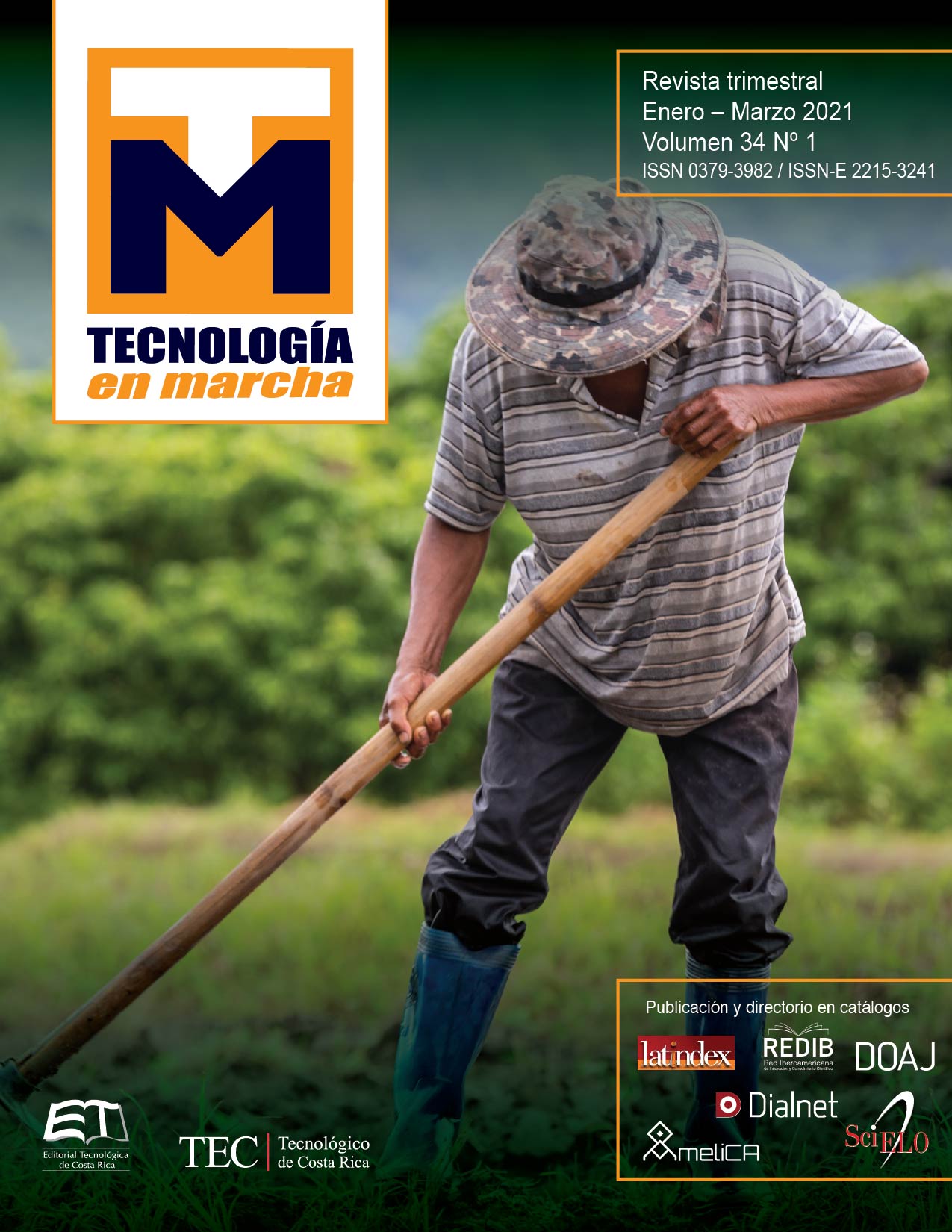Design of a Research and Extension Strategic Plan for the School of Computing at TEC
Main Article Content
Abstract
Nowadays, computing programs in higher education face important challenges related to research and extension exercise, as part of the substantive activities of every university, including for example: the development of competencies by its employees, fundraising, and the creation of international collaborative networks. In order to respond to these challenges, it is essential for the schools or the academic divisions to have a strategic research and extension plan that contains the main goals, activities, and indicators to be fulfilled within a given period. This article describes in detail the methodology successfully applied by the Computing School of the Costa Rican Institute of Technology (TEC), in the design of a five-year strategic plan for research and extension, in a relatively short time. This methodology involved participatory and purposeful work, through well-defined stages and activities; it could be useful to take it as reference for other computer schools in Latin America.
Article Details

This work is licensed under a Creative Commons Attribution-NonCommercial-NoDerivatives 4.0 International License.
Los autores conservan los derechos de autor y ceden a la revista el derecho de la primera publicación y pueda editarlo, reproducirlo, distribuirlo, exhibirlo y comunicarlo en el país y en el extranjero mediante medios impresos y electrónicos. Asimismo, asumen el compromiso sobre cualquier litigio o reclamación relacionada con derechos de propiedad intelectual, exonerando de responsabilidad a la Editorial Tecnológica de Costa Rica. Además, se establece que los autores pueden realizar otros acuerdos contractuales independientes y adicionales para la distribución no exclusiva de la versión del artículo publicado en esta revista (p. ej., incluirlo en un repositorio institucional o publicarlo en un libro) siempre que indiquen claramente que el trabajo se publicó por primera vez en esta revista.
References
TEC, “Instituto Tecnológico de Costa Rica (TEC)”, https://www.tec.ac.cr/, 2019.
TEC, “Escuela de Ingeniería en Computación”, https://www.tec.ac.cr/escuelas/escuela-ingenieria-computacion, 2019.
TEC, “Programa de Maestría en Computación”, https://www.tec.ac.cr/programas-academicos/maestria-computacion, 2019.
TEC, “TEC, primera universidad latinoamericana acreditada por Consejo Francés de Evaluación HCERES”, https://www.tec.ac.cr/hoyeneltec/, 2017.
C. T. Berheim, “El nuevo concepto de extensión universitaria y difusión cultural y su relación con las políticas de desarrollo cultural en América Latina”, en Anuario de Estudios Centroamericanos, pp. 93-126, 1978.
F. Davara, “Planificación estratégica e inteligencia económica: herramientas de gestión del cambio”, Cuadernos de Estrategia, vol. 174, pp. 189-229, 2015.
S. Pulgarin y H. Rivera, “Las herramientas estratégicas: un apoyo al proceso de toma de decisiones gerenciales (Strategic tools: Supporting the managerial decision making process)”, Criterio Libre, vol. 10, pp. 89-114, 2012.
R. Martelo, A. Ponce y F. Acuña, “Guía metodológica para el diseño de un plan estratégico informático en instituciones de Educación Superior”, Formación Universitaria, vol. 9, 2016.
Ž. Živković, D. Nikolić, M. Savić, P. Djordjević, and I. Mihajlović, “Prioritizing strategic goals in Higher Education organizations by using a SWOT–PROMETHEE/GAIA–GDSS model”, Group Decision and Negotiation, vol. 26, pp. 829-846, 2017.
F. J. García-Peñalvo, “Dirección Estratégica”, https://repositorio.grial.eu/handle/grial/1168, 2018.
J. Dalton, “Dot voting”, in Great Big Agile: An OS for agile leaders [formato electrónico]. Apress, 2019.
P. Morville, L. Rosenfeld, and J. Arango, Information architecture: For the Web and beyond, 4th ed. [formato electrónico]. O´Reilly Media, 2015.
C. Institute, “CMMI Institute”, https://cmmiinstitute.com/, 2019.

